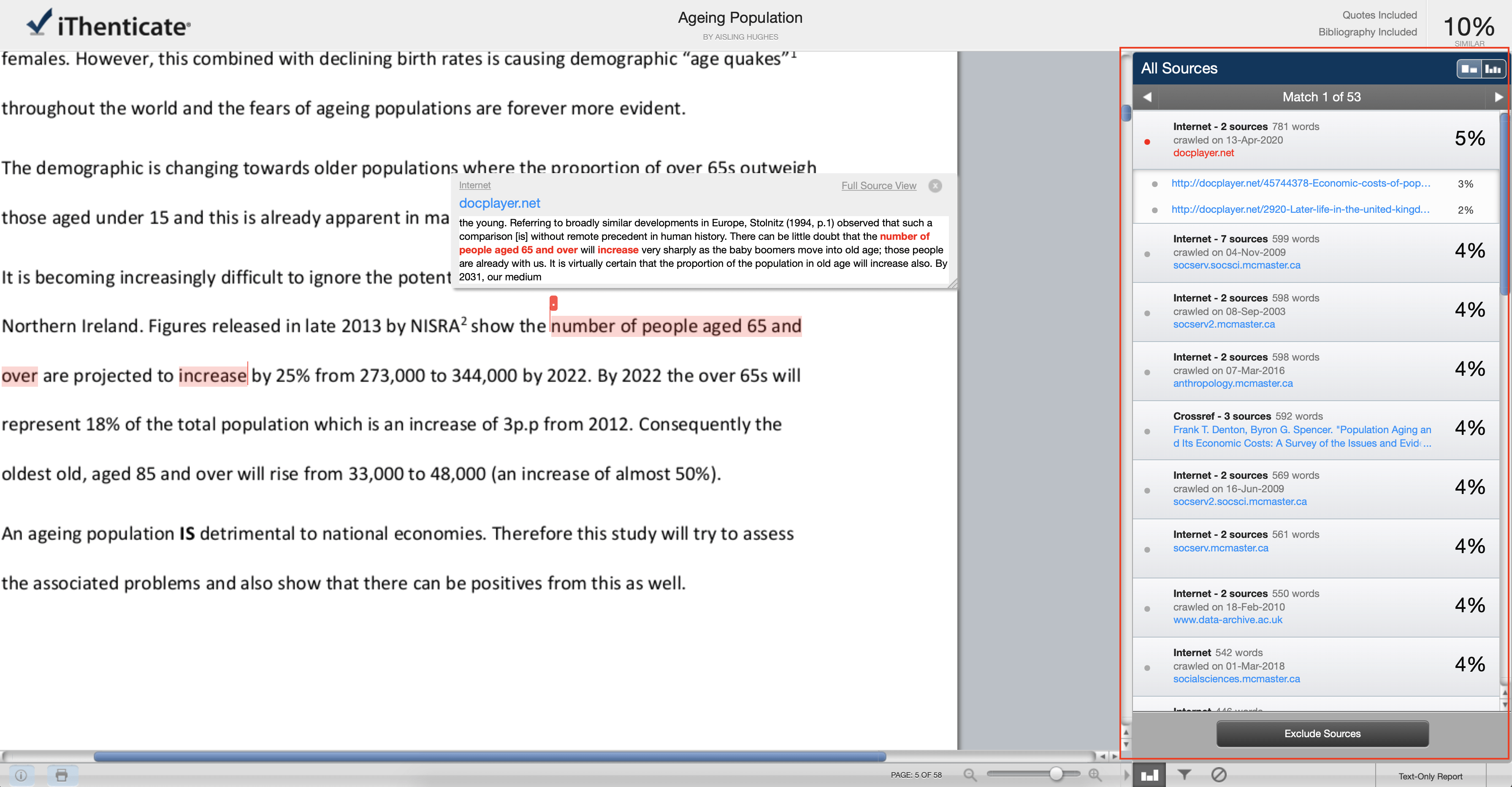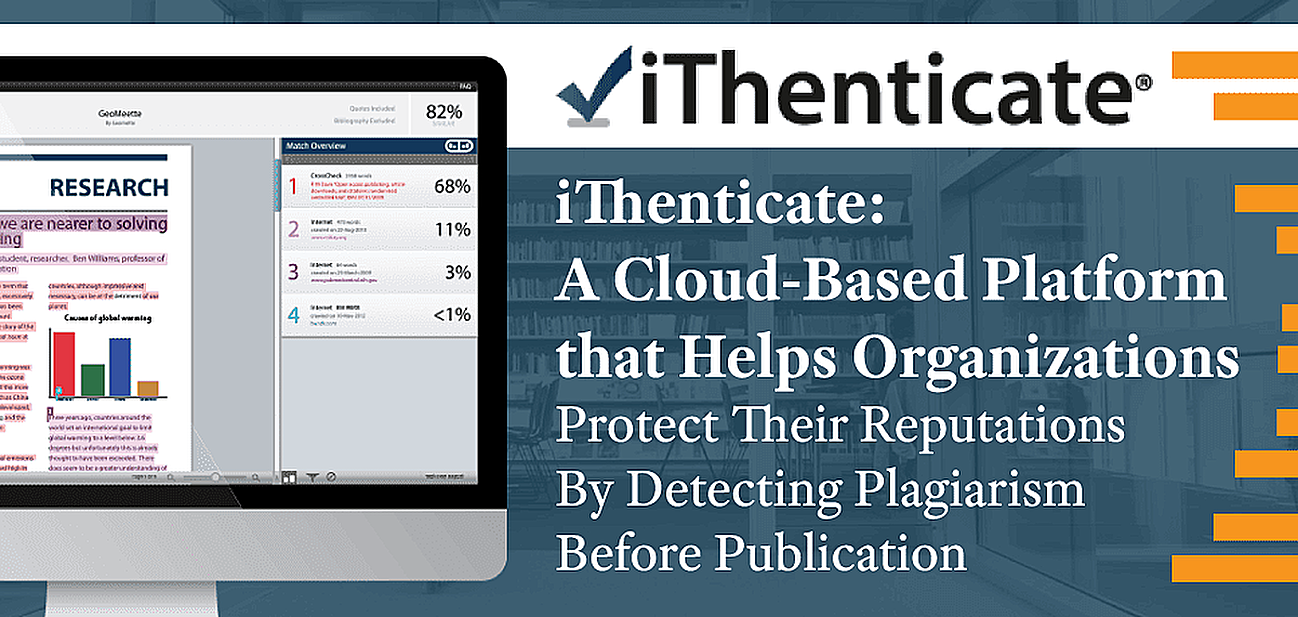
But given the impractical nature of doing even proper text-similarity analysis with CrossCheck, I can't see this happening for all papers, even just those with overall similarity >30%. Extensions of the CrossCheck results to provide those "criteria" automatically would make it practical.įor "non-trivial" (beyond text) plagiarism from external sources (other authors), CrossCheck is a great tool that goes into far more depth and breadth than the summary criteria and analysis used for, and it is one approach to plagiarism investigations. This really isn't a sustainable approach, and I don't recommend it for other conferences. Furthermore, it took a huge amount of my time to do ~450 IJCNN2019 CrossCheck analysis, including the subjective measure of a text "chunk", "reaching into" similarities to determine whether they were similarities, and to ascertain whether similarities were from authors' pre-postings by the same authors (or at least one common author). However, to me it is a BIG mistake to make a cut-off simply based on the overall %similarity, as many perfectly acceptable papers would be rejected, and this would treat similarities the same. It is a relatively tool for basic text-similarity analysis.

IEEE CrossCheck (iThenticate-based) is really a text-similarity tool, even if IEEE seemingly developed it for plagiarism checks and refers to it as such. I assume that the common understanding of the word "plagiarism" is the taking of from other authors' work without proper recognition (citation and quotation), with some degree of tolerance for the usage of text even if not quoted (this does appear to a fairly common practice, if not the ideal). (Regrettably, I did not exclusively use the phrase "text-similarity to start with!). "Text % similarity" versus "Plagiarism"Ī distinction must be made between "text % similarity" and "plagiarism". Papers failing this initial screen are sent to the IEEE Intellectual Property group (IEEE-IP), which also has a say. An overall rating of each paper is produced by CrossCheck, allowing the Technical Co-Chairs to focus on a reduced set of papers to examine in detail. The Technical Co-Chairs run ALL conference papers through the IEEE CrossCheck Portal, which analyses each paper for that is to content in a HUGE database of published papers.

Whether journal copyrights or publishing industry agreements also have a role in this I don't know.

Although the initial reason for CrossCheck (iThenticate) may have been for plagiarism, excessive text-similarity is itself of concern. "Text-similarity" of papers is still a required screening for the IEEE and the conference Co-Chairs.


 0 kommentar(er)
0 kommentar(er)
